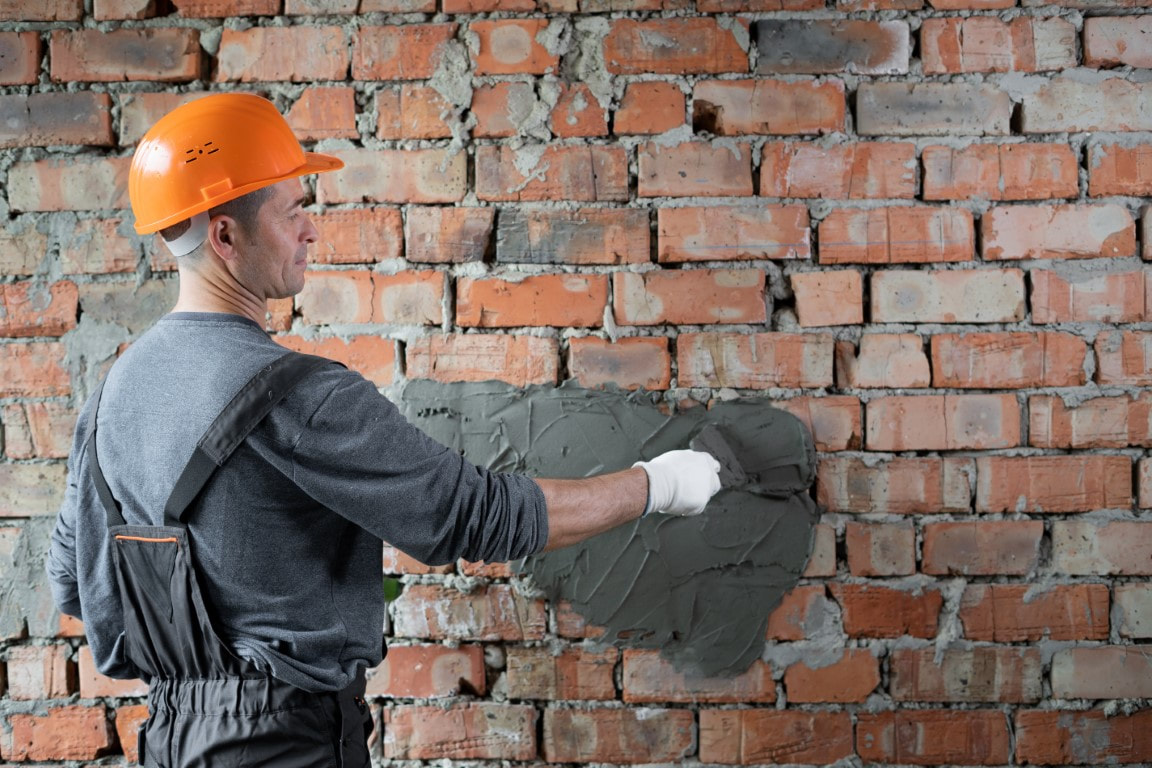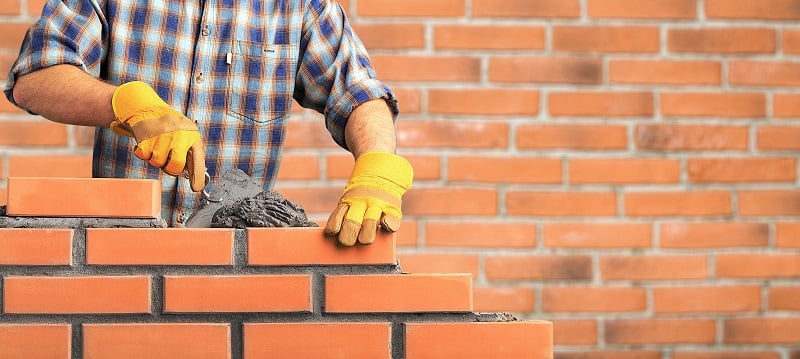Comprehensive Patio Installation Services by Trusted Professionals
Comprehensive Patio Installation Services by Trusted Professionals
Blog Article
Unlocking the Tricks of Sustainable Masonry Building And Construction Practices for Eco-Friendly Buildings
Among the myriad approaches to eco-friendly structure, sustainable stonework construction stands out as a time-tested and resilient approach that holds a wide range of untapped potential. From the choice of materials to ingenious building and construction methods, the tricks to achieving sustainability within masonry construction are complex and appealing.
Benefits of Lasting Stonework Building
Accepting lasting masonry building and construction practices not just decreases environmental impact yet additionally provides long-term economic advantages to contractors and communities. By utilizing materials like recycled bricks, obstructs, and rocks, builders can considerably decrease the carbon impact of their jobs while promoting resource effectiveness. Additionally, lasting masonry building and construction methods, such as proper insulation and thermal mass residential or commercial properties, can boost energy performance within structures, bring about minimized functional expenses with time.
Moreover, the resilience and resilience of stonework frameworks contribute to long-term economic advantages. Structures built making use of sustainable stonework techniques typically require less repair and maintenance, equating to set you back savings for building contractors and homeowner. The durability of masonry products likewise guarantees that structures remain stable and secure, lowering the requirement for regular renovations or substitutes.
Eco-Friendly Stonework Materials
Making use of environment-friendly masonry materials is an essential step towards enhancing the sustainability of building and construction techniques and decreasing ecological influence while making the most of long-term economic benefits. Lasting stonework materials are sourced, created, and utilized in a manner that reduces overall ecological impact. Lasting concrete blocks include recycled accumulations and might feature improved insulation residential properties, contributing to energy efficiency in structures.
Furthermore, natural materials like adobe, rammed earth, and straw bundles offer superb thermal mass buildings, decreasing the demand for heating and cooling down energy. These products are usually locally readily available, promoting local economic situations and reducing transportation-related carbon exhausts. By selecting green masonry products, building tasks can significantly decrease their environmental impact and add to the development of healthier, more sustainable constructed settings.
Energy-Efficient Masonry Methods
Power effectiveness plays a crucial role in improving the sustainability of stonework building techniques. By executing energy-efficient masonry techniques, builders can considerably decrease the general energy consumption of a structure, resulting in reduced functional prices and a smaller environmental footprint. One vital energy-efficient masonry method is using thermal mass, which entails integrating dense materials like concrete or brick into the structure's framework to absorb and keep warmth. This assists regulate indoor temperature levels, decreasing the need for mechanical home heating and cooling systems.

Advancements in Lasting Masonry
Recent innovations in lasting masonry practices have actually produced cutting-edge methods that are improving the building and construction industry. One such advancement is the development of view it now self-healing concrete, which uses microorganisms embedded within the concrete to recover splits autonomously. This innovation not just reduces upkeep prices however additionally boosts the sturdiness of masonry structures, adding to their sustainability.
An additional significant development is the use of recycled aggregates in stonework building and construction - masonry contractor. By incorporating products such as smashed ceramic waste or recycled glass into concrete blends, contractors can lower the ecological impact of building and construction tasks while keeping architectural integrity. This technique not only draws away waste from land fills however also preserves all-natural sources, making it a vital development in lasting masonry building and construction
Furthermore, the combination of electronic style devices, such as check my blog Structure Info Modeling (BIM), is transforming the way stonework frameworks are intended and built. BIM permits for more specific calculations, decreased material wastage, and improved power efficiency, ultimately leading to more lasting structure techniques. These innovations collectively signify an appealing future for sustainable masonry building and construction in the period of green buildings.
Future Trends in Masonry Sustainability
With the cutting-edge strides made in sustainable masonry techniques, the future trends in masonry sustainability are poised to further reinvent the building industry. One of the key trends shaping the future of stonework sustainability is the boosted combination of innovation. Improvements such as Building Details Modeling (BIM) and digital reality simulations are being used to maximize stonework construction procedures, bring about reduced material waste and boosted power effectiveness in buildings.
Moreover, the growth of novel sustainable products is readied to play a substantial duty in improving the eco-friendliness of masonry building and construction. masonry contractor. Technologies like self-healing concrete, recycled aggregates, and bio-based binders are acquiring grip for their capability to reduce ecological effect while maintaining architectural honesty

Conclusion
In final thought, lasting stonework building practices offer countless advantages for environmentally friendly structures. By using eco-friendly materials and energy-efficient methods, masonry can add to a much more sustainable developed environment. Innovations in sustainable stonework are continually being developed to even more improve the environmental efficiency of structures. Looking in the direction of the future, the trend of stonework sustainability is anticipated to grow, causing even more eco friendly and energy-efficient building and construction methods in the years ahead.
Report this page